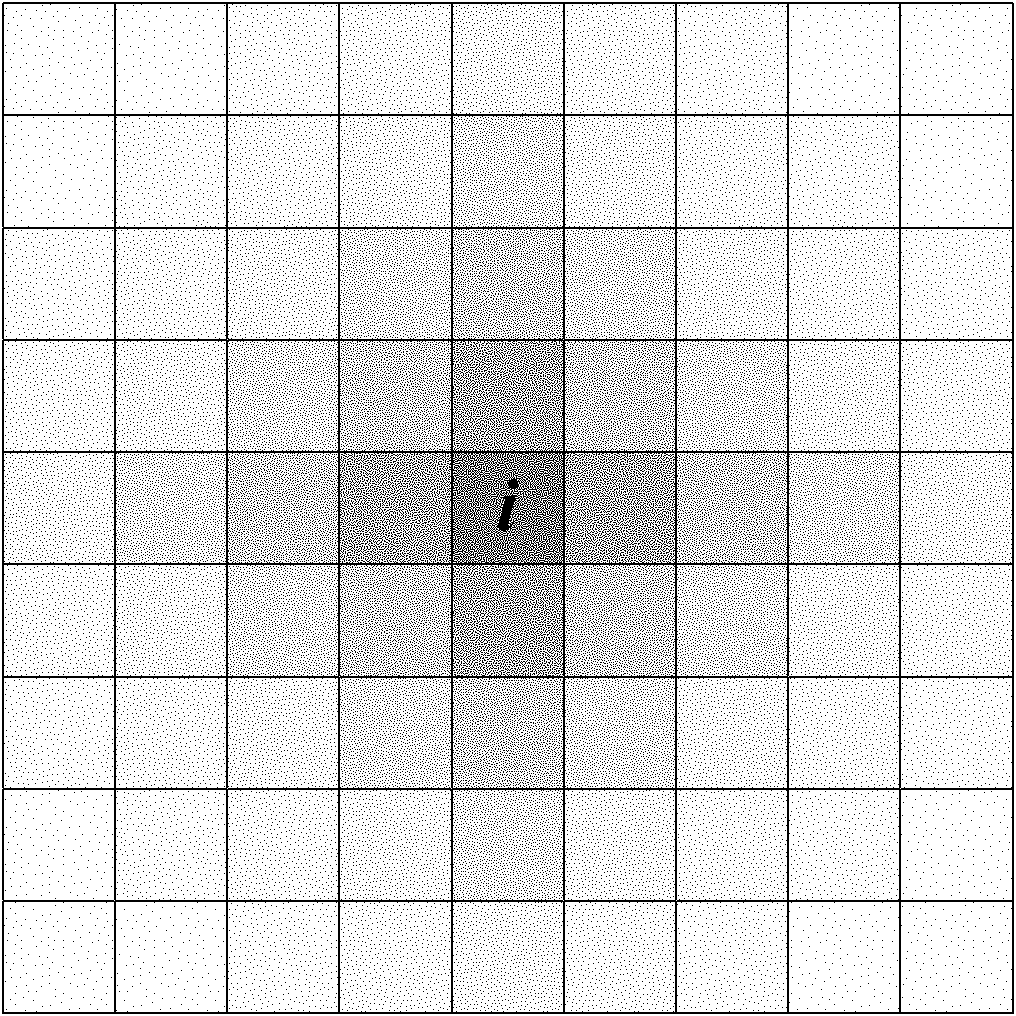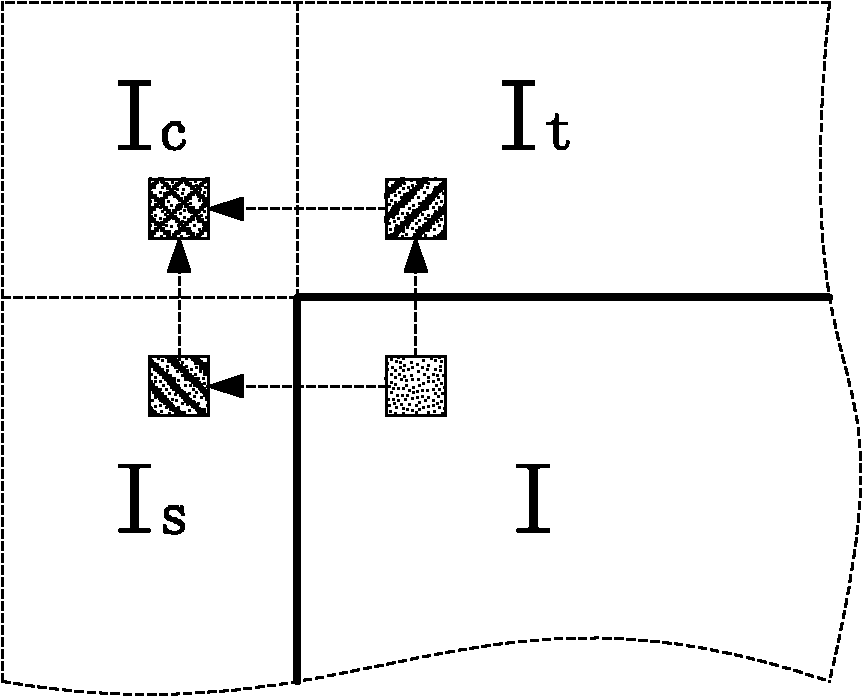Full-reference type image quality evaluation method based on visual information amount difference
An image quality evaluation and reference image technology, which is applied in image communication, television, electrical components, etc., can solve the problems of high algorithm time complexity and unfavorable use in image processing fields, and achieve good evaluation performance, fast operation speed, and time complexity low degree of effect
- Summary
- Abstract
- Description
- Claims
- Application Information
AI Technical Summary
Problems solved by technology
Method used
Image
Examples
Embodiment Construction
[0038]The overall design idea of this image quality evaluation method is based on the analysis of the amount of visual information transmitted when the airspace image is converted into human visual signals. Specifically, the process of human eyes observing an image is actually a process in which the amount of information contained in the image is transmitted to the human eye and converted into a visual signal. Due to the influence of the observation method and the visual characteristics of the human eye, when a person observes a certain point in the image space, the amount of information that can be obtained is often not equal to the information entropy in the statistical sense of the point. This amount of information can be defined as the amount of visual information, that is, the amount of visual information refers to the amount of information contained in the spatial domain image signal converted into the human brain nerve signal by the human eye. Just like using an image...
PUM
 Login to View More
Login to View More Abstract
Description
Claims
Application Information
 Login to View More
Login to View More - R&D
- Intellectual Property
- Life Sciences
- Materials
- Tech Scout
- Unparalleled Data Quality
- Higher Quality Content
- 60% Fewer Hallucinations
Browse by: Latest US Patents, China's latest patents, Technical Efficacy Thesaurus, Application Domain, Technology Topic, Popular Technical Reports.
© 2025 PatSnap. All rights reserved.Legal|Privacy policy|Modern Slavery Act Transparency Statement|Sitemap|About US| Contact US: help@patsnap.com



